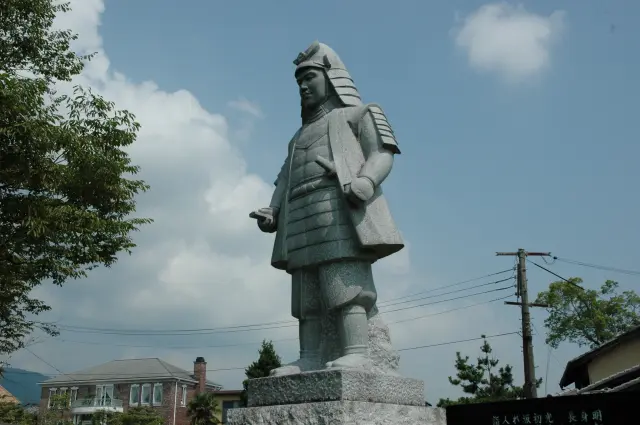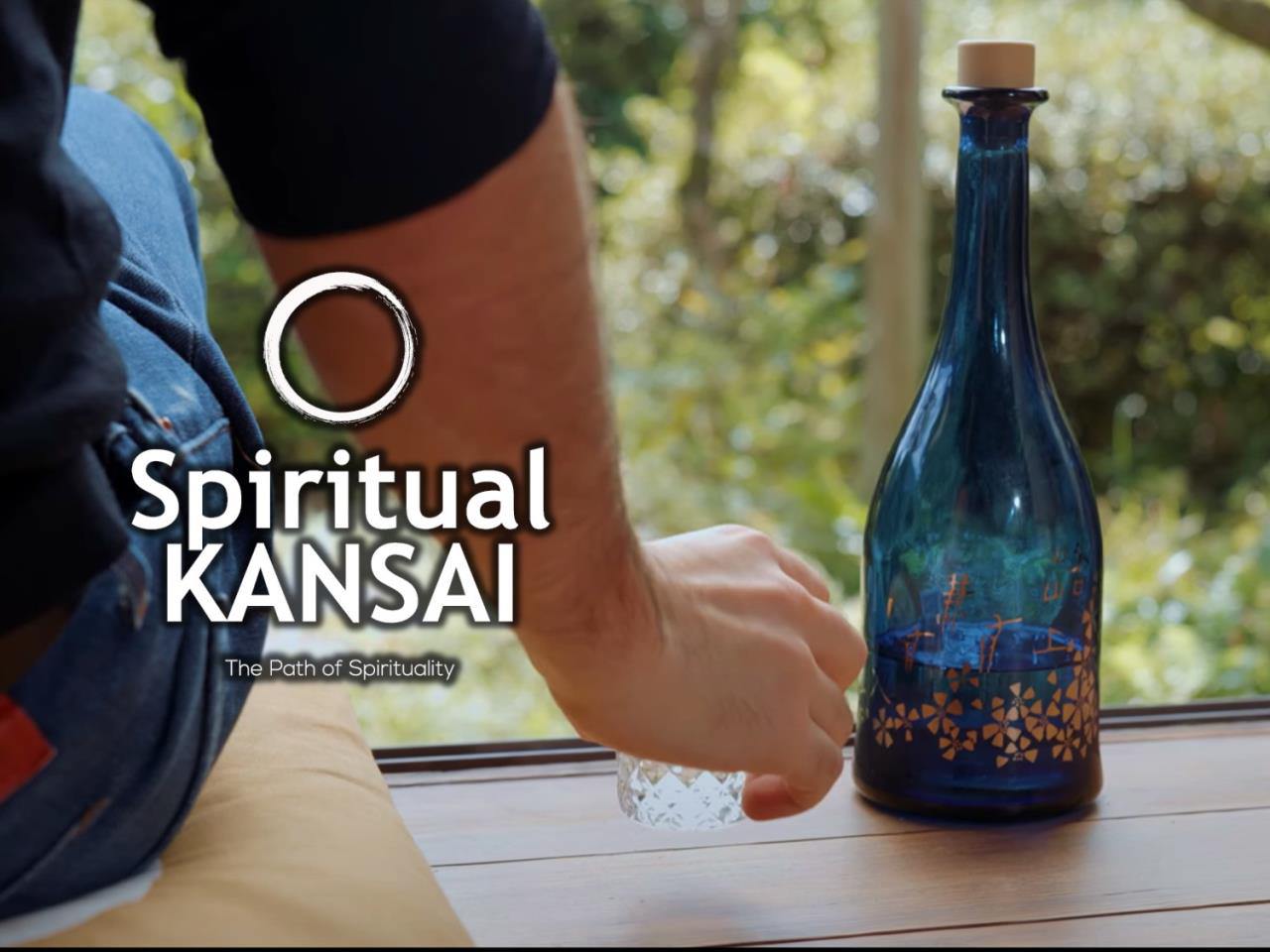
Spiritual KANSAI Series Blog15 : Sake: Finding a Way Back Home2
Last update
The Kansai region is a sacred place for Japanese spiritual culture, and Kansai is full of genuine hospitality. We tried to extract various themes and put them together in columns under the title of "Spiritual KANSAI". In this blog series, we will introduce these columns in order. The 15th in the series is " Finding a Way Back Home2". (The following text is quoted from the Spiritual KANSAI column page (https://kansaiguide.jp/rt/eng/column/) of this site)
***************************
Finding a Way Back Home2
Blog for “Finding a Way Back Home 1”is here
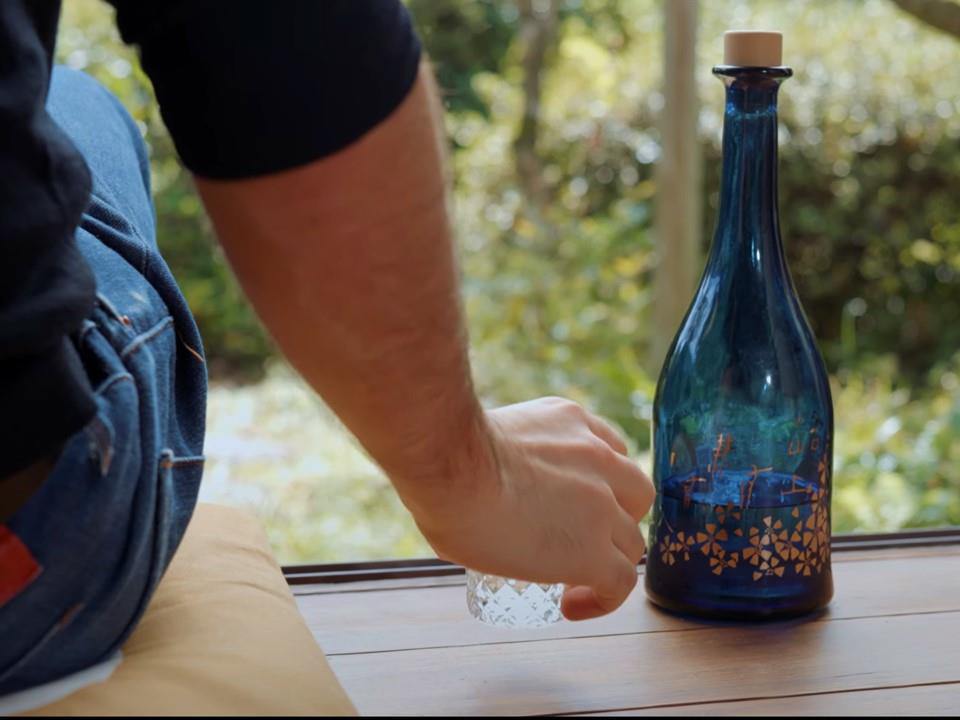
In Nara, for example, you have clearly defined, concrete, uncontested locations that represent:
1. Japan’s spiritual epicenter of sake (Ōmiwa Shrine, which just so happens to also double as the oldest shrine in Japan – period).
2. The birthplace of modern sake-making (Shorakuji Temple), which is conveniently responsible for,
3. A method of sake production (bodaimoto) considered not only the progenitor of all modern sake-making, but also arguably the only example of a truly original “style” of sake to be associated with a specific region (Nara) in all of Japan.
4. In the town of Yoshino, you have vast forests of Yoshino sugi (Yoshino cedar), the only industry-wide recognized timber resource and accompanying crafting ecosystem supplying centuries of wooden casks, tanks and tools that have permeated, sustained and evolved sake production and fermentation practices throughout Japan for hundreds of years.
And that’s only looking at Nara Prefecture.
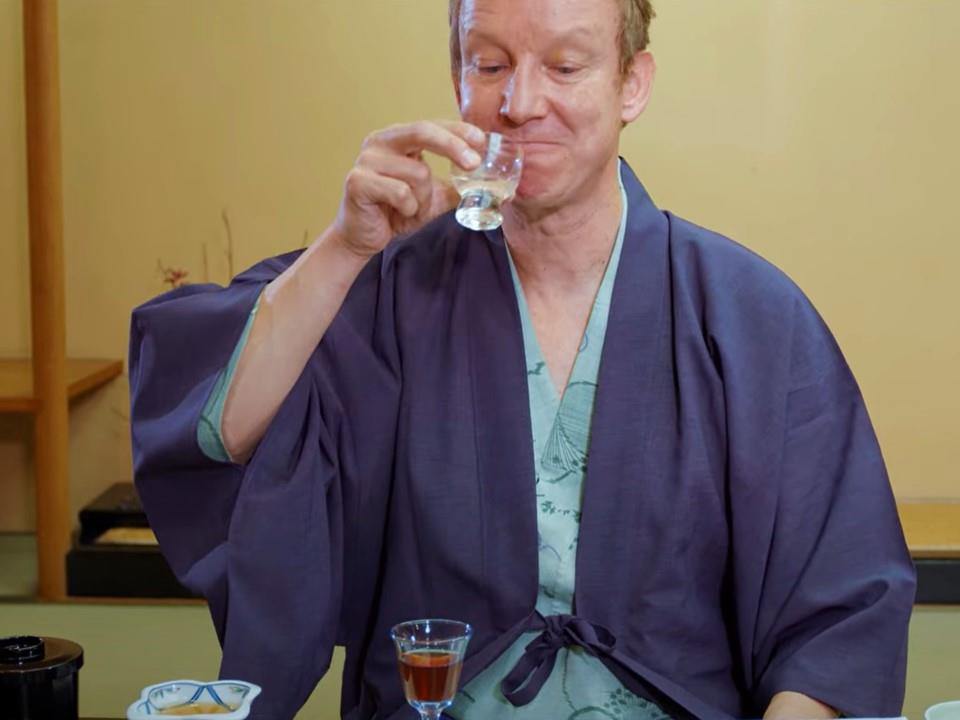
What if the god(s) of wine, the birthplace of modern winemaking, arguably wine’s only definitive regional style, and the natural resources supplying nearly the entire industry with French Oak barrels and traditional winemaking tools, all existed in plain sight and could be accessed within an afternoon on a busy itinerary? You would have an undeniably alluring pilgrimage laid out for an entire world of wine professionals and wine lovers.
That’s what Nara is for sake. Within a roughly 20km radius exists the tangible cornerstone for nearly everything culturally, spiritually, and technically permanent associated with sake. Unlike the ever-increasing and evolving lexicon weighing down the communication of this spectacular beverage, forcing it into a perpetual losing battle with fly-by-night drink options backed by millions of dollars in marketing campaigns, the characteristics defining Nara’s relationship with sake make it the bedrock of the beverage’s cultural and spiritual identity. Nara inherently has everything that it needs be considered the indisputable first stop on a sake pilgrimage. That’s not because it’s “better” than other regions, but because it’s rooted in clear, meaningful, universally unwavering qualities that connect the beverage to both its human and spiritual significance.
It also doesn’t hurt that, in the current modern context, Nara is arguably one of Japan’s more dynamic and unpredictable sake producing regions. Despite being the birthplace of modern sake making, it doesn’t actually rank particularly high in any of the typical metrics used to characterize a “top producing region,” whether it be production or consumption volume, a long-running string of accolades, or percentages of “premium” product on the market. On the flipside, however, since these makers don’t have a “modern” expectation reflected in the market, imposing consumer expectations or financial obligations to live up to, what they lack in stylistic consistency translates into a sea of endless discovery. In a region labeled as the “birthplace of sake,” as a consumer, you’re blessed with a place that fuels curiosity and a sense of possibility.
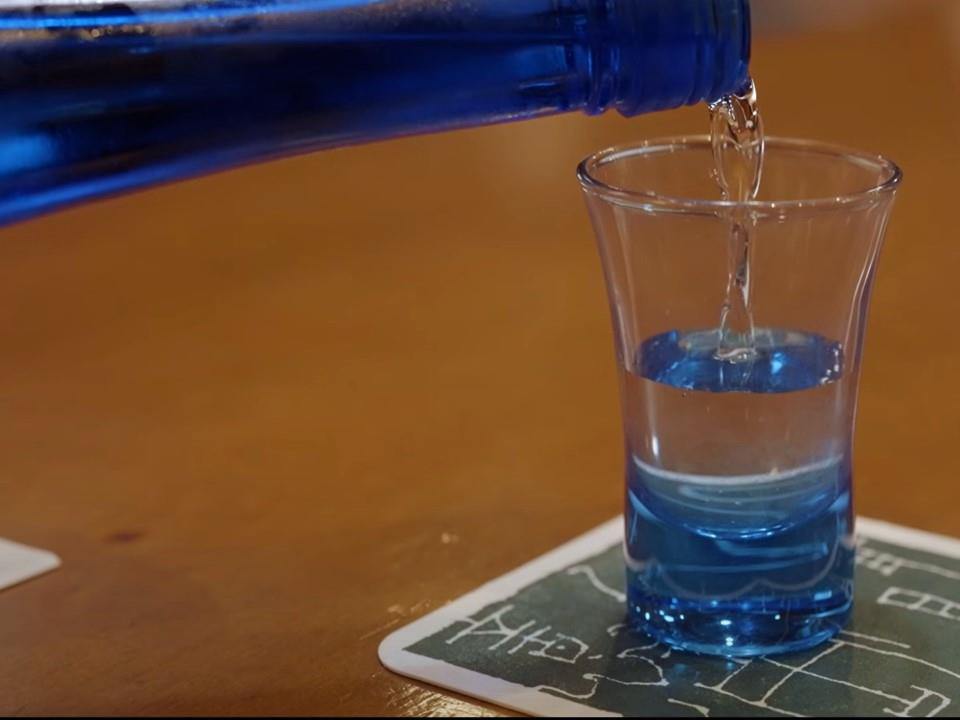
For a region (and its producers) to be rooted in its spiritual and cultural relevance is arguably the most exciting beverage landscape you could ask for. Seeing as how sake is still far from permeating anything resembling any sort of global scale cultural relevance in the same way that, say, beer or wine have, Japan is in a position to construct a rich narrative that not only equates Japan with sake, but also identifies places throughout Japan that have made timeless contributions to the beverage’s significance. Isolating a region like Nara for the reasons mentioned above doesn’t only serve to highlight its meaningful contributions, it also establishes a foundation for defining other regions on their own terms.
There’s a reasonable argument for building a fence around Nara and claiming it the sake holy land, but to do so would do the greater Kansai region (and the sake category as a whole) a great disservice. Because for what Nara represents as a collection of “firsts” and “only” qualities solidifying it as a stronghold for deep spiritual and cultural relevance, along with early technical prowess that laid the groundwork for the incredible sake that we take for granted today, the neighboring regions represent arguably equally significant contributions that make them the logical “next stop” on the sake journey, further laying the foundation for extrapolating distinct sake destinations across Japan.
While Nara as a region often gets largely left out of the lengthy and diverging tale of sake, neighboring Hyogo and Kyoto prefectures are no stranger to being heaped with praise across every sake-related curriculum on the planet.
Those two regions alone are responsible for more than 40% of all the sake produced in Japan. As a result, in modern contexts they’re often referred to off-handedly as “home of the big boys,” but in such a deeply entrenched industry stretching back centuries, cementing that degree of presence doesn’t happen overnight. The fact that Hyogo and Kyoto were hotbeds of brewing innovation for hundreds of years, sorting out for the entire nation not only how to make great sake, but also how to get it to the people, established these regions as the power players that they are today.
It’s this rich history and cultural relevance embedded throughout the Kansai region that helps other regions to stand out, as well. It’s important to remember that the sake being crafted and praised throughout northeastern Japan isn’t just exceptional in terms of quality, it’s exceptionally unique in the context of what came before it and around it. What regions like Niigata, Akita, Fukushima, Yamagata and Tochigi have been able to accomplish in modern contexts is, in the backdrop of the world’s reexamination of quality in relation to its authenticity, now being proactively married with foundations established throughout Kansai over centuries. What you’re going to wind up with is better, more distinct and exceptional sake everywhere.
Should the Kansai region decide to collaboratively work to connect the dots for a future population of sake-curious, collectively the region has the evidence, authenticity, quality, relevance and spiritual significance to establish itself as a living microcosm of the sake experience. In the process, the entire sake-producing landscape will get the foundation and freedom it needs in order to flourish, both collectively, as well as each region individually on its own terms.
First, they just need a little nudge in the direction of home.
Check also...

Consider your accommodation in the Kansai area!

Restrictions on Large Baggage

Reviving Past Memories and Emotions! Three spots related to the Food and Fragrance of Awaji Island!!!

Hidden Stories in Stone: Exploring Japan’s Castle Walls

Feel Like a Lord: Castle with Stunning Panorama Views

Experience the True Essence of Japan through Castles, Cultural Treasures, and Timeless Gardens
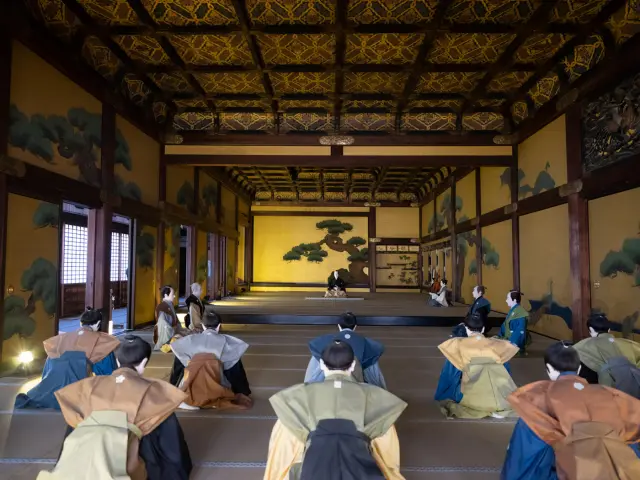
Castles of Tokugawa Ieyasu
